Protected: Lab 2, Station 4: Spinal Cord
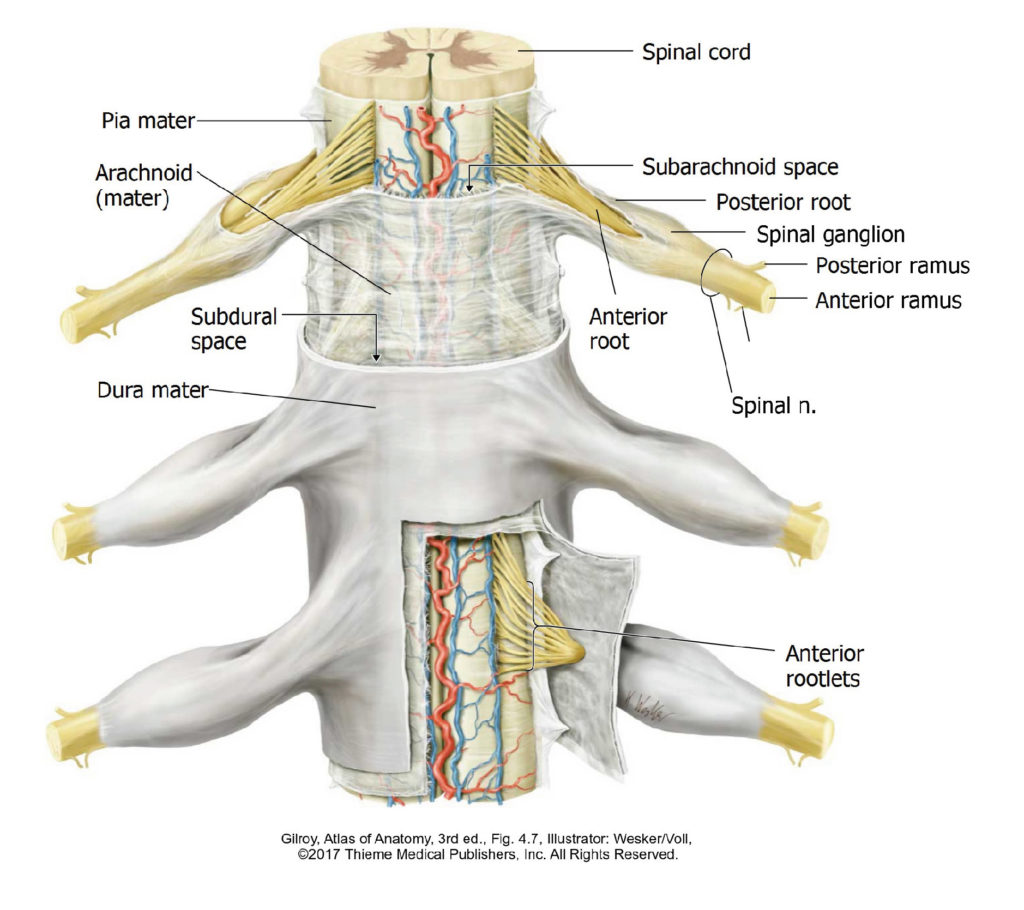
There is no excerpt because this is a protected post.
Protected: Lab 2, Station 5: Spinal Nerves
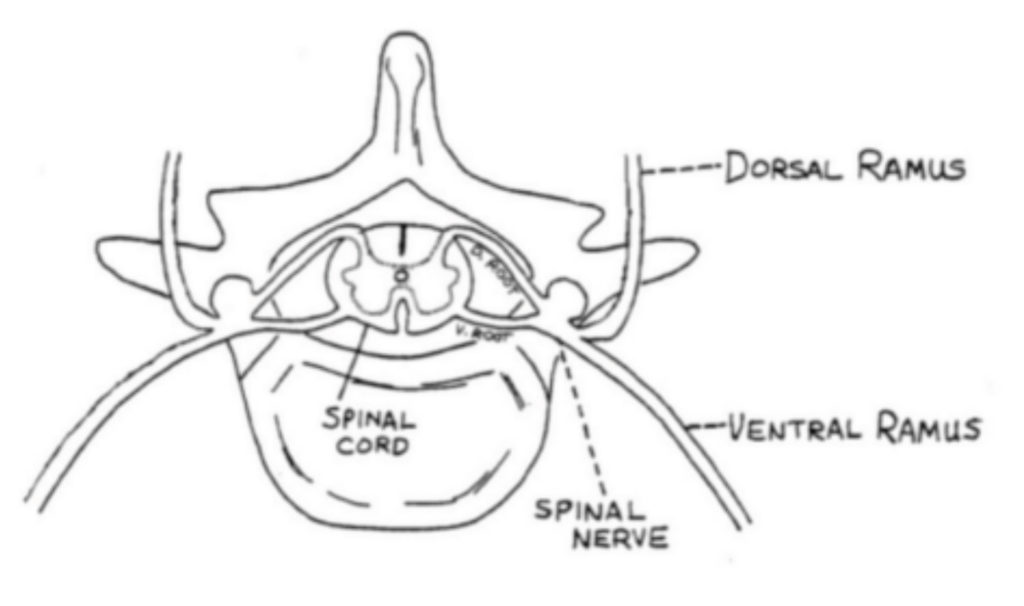
There is no excerpt because this is a protected post.
Protected: Lab 2, Station 6: Muscles of the Back and Posterior Shoulder
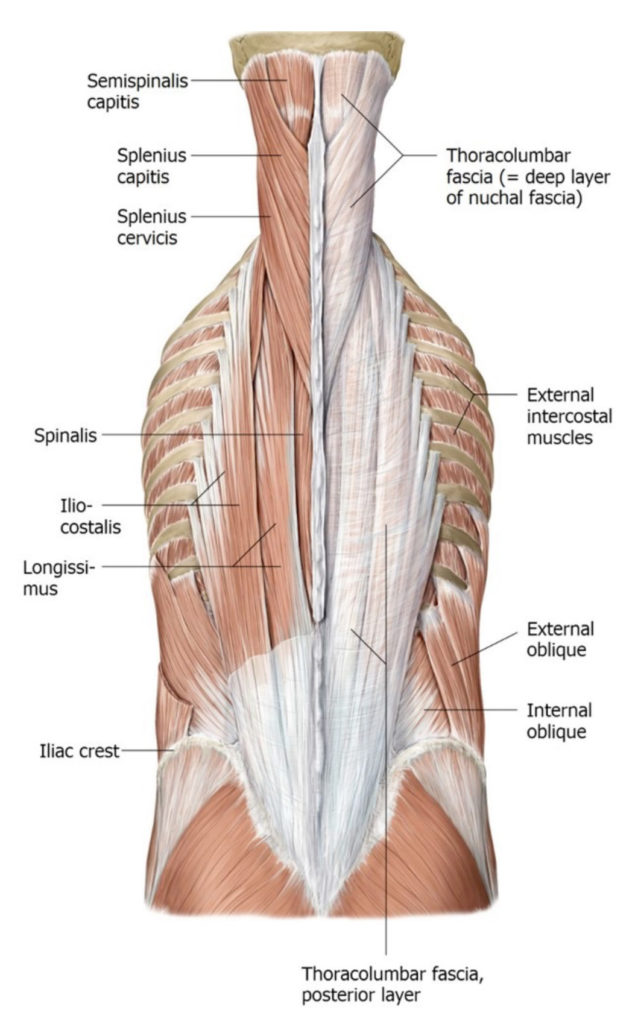
There is no excerpt because this is a protected post.
Protected: Lab 2, Station 3: Imaging of the Vertebral Column

There is no excerpt because this is a protected post.
Protected: Lab 2, Station 1: Vertebral Column
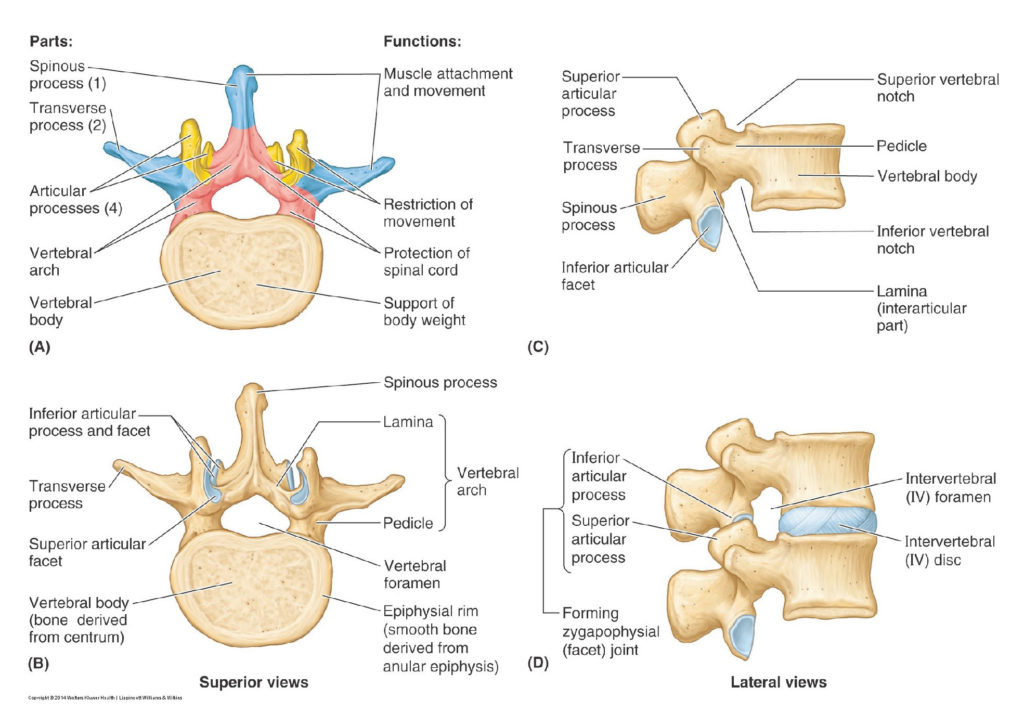
There is no excerpt because this is a protected post.
Protected: Lab 2, Station 2: Vertebral Column 2
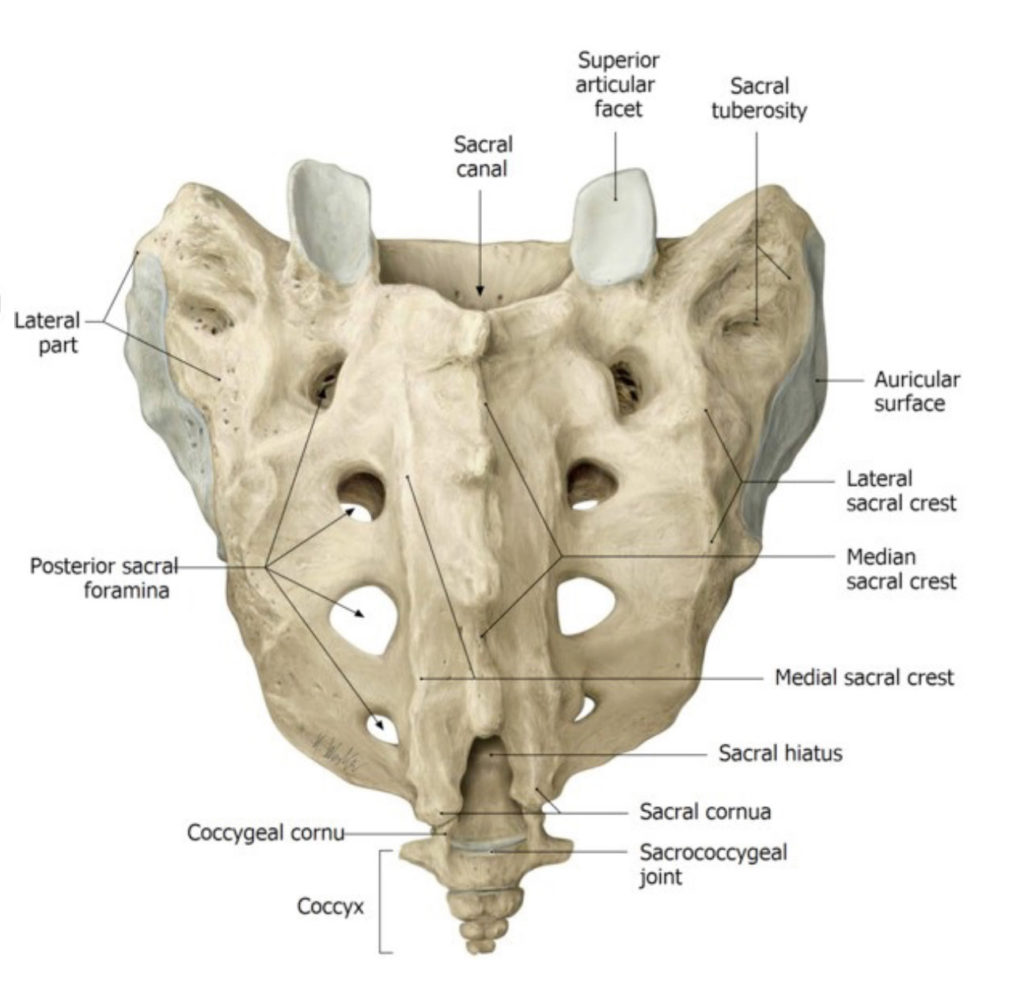
There is no excerpt because this is a protected post.
Protected: Lab 1: Introduction to Anatomy

There is no excerpt because this is a protected post.
2029 Dissector

Need to type in the password to view the dissector? Tap here for instructions on how to show the keyboard on the displays in the anatomy lab.
Infracolic organs: The intestines
Optional reading Clinically Oriented Anatomy, 8th ed., chapter 5, Abdominal viscera. Recall from The peritoneal cavity and mesenteries that the peritoneal cavity is divided into supracolic and infracolic regions, using the transverse colon and its mesentery (transverse mesocolon) as the borderline. In Organs in the supracolic region, the supracolic organs were described. In this chapter, […]